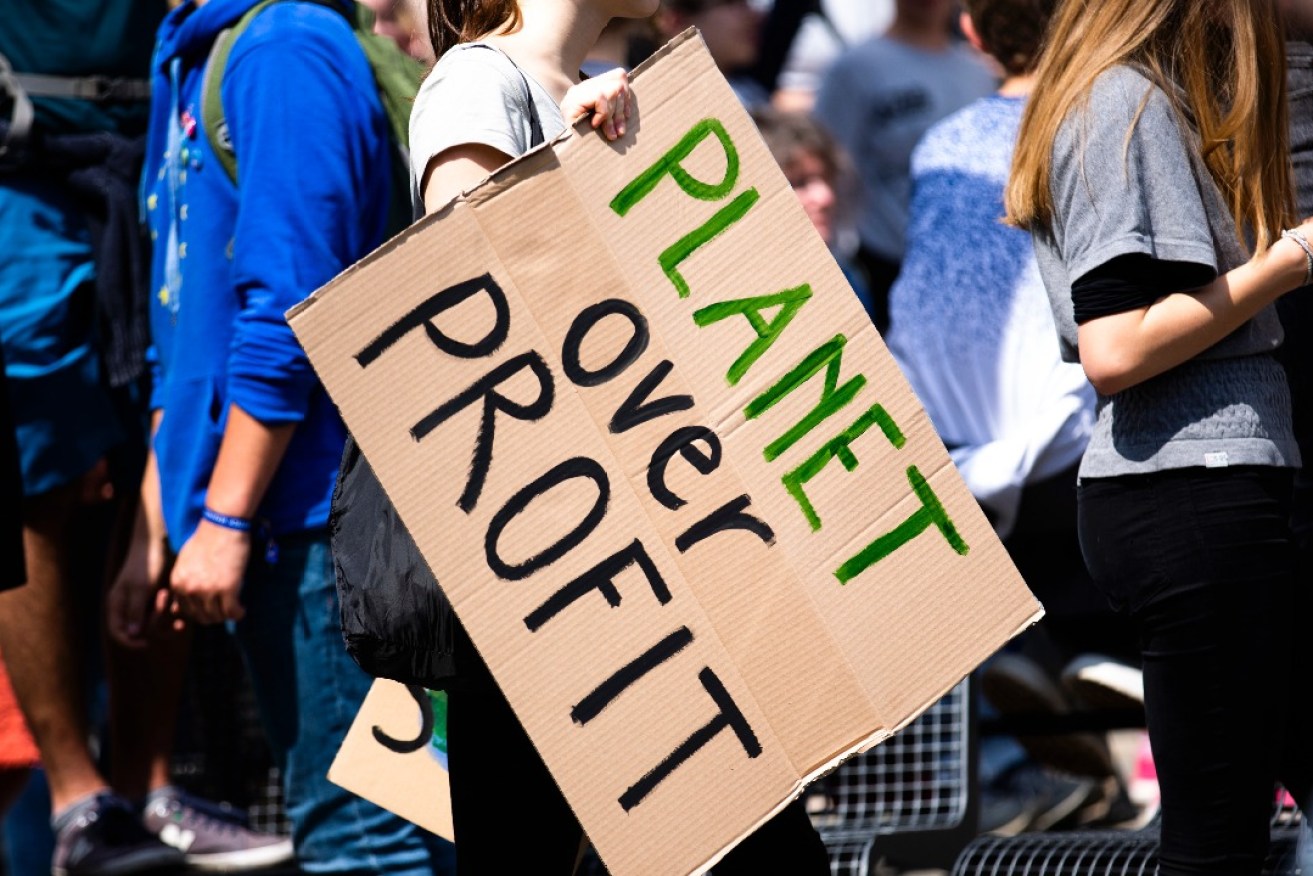Climate changes to rally SA business
South Australia’s climate change council chair says new emissions rules like the national safeguard mechanism approved last week to force top polluters to rein in their emissions will soon be “business as usual”.


Photo: Fabian Blank
Martin Haese said consumers globally are demanding action on cutting emissions and the new rules hitting big business will filter down in other forms to small and medium enterprises over the next decade.
“Emissions reduction targets, legislated or otherwise, will become business as usual for many Australian businesses in the future,” the Premier’s Climate Change Council chair said.
“Whether the enterprise is large or small, it is customers and markets who are driving the growth of the low emissions economy.”
This makes it vital for the state’s SMEs to get onboard, according to Haese, as the state works toward net zero by 2050 and a 50 per cent reduction of renewables based on 2005 levels by 2030.
Haese was spruiking a new state industry Climate Change Conference being held in Adelaide during April, saying “there’s no magic panacea here, every sector has to do its bit” as he urged the state’s business leaders to attend.
The conference comes on the back of the Federal Government passing the high-profile reforms to the Safeguard Mechanism that is now expected to slash 205 million tonnes of greenhouse gas emissions to 2030 – the equivalent of taking two-thirds of the nation’s cars off the road.
The former Coalition Government introduced the Safeguard Mechanism in 2016 and it applies to facilities that produce over 100,000 tonnes of greenhouse gases annually (around 215 facilities) to keep their net emissions below a baseline (or ceiling).
Haese was appointed chair of the premier’s advisory body in 2008, he estimates that in about 40 per cent of South Australia’s emissions came from energy production.
Now with the state averaging 70 per cent renewable energy Haese estimated that this figure had fallen to about 20 per cent of emissions, with hopes it will be further slashed with more solar, wind and now hydrogen expected to come online.
The two major areas that need addressing as the largest emitters in South Australia are transport and agriculture, Haese saying the ag industry was dealing with livestock methane emissions and high use of diesel back up for machinery and power.
“At the moment we are averging 70 per cent renewables in energy and that will increase as we get close to 2030, it’s likely to increase to 90 per cent,” Haese said.
Last week, the CSIRO’s Renewable Energy Storage CSIRO report was released saying it was vital to have this commitment backed with adequate storage capacity.
The report showed storage capacity must grow significantly over the coming decades to keep pace with rising electricity demands and that the national electricity market could require a 10 to 14-fold increase in its electricity storage capacity between 2025-2050.
Keynote speaker and perennial campaigner for sustainable business practices, Jon Dee, will talk about the challenges businesses face reducing their carbon footprint at the Industry Climate Change Conference at the Adelaide Convention Centre on 20-21 April.
Sustainable agriculture expert Professor Richard Eckard will speak about the effects of climate change on cropping, grazing, carbon farming and soil management.




